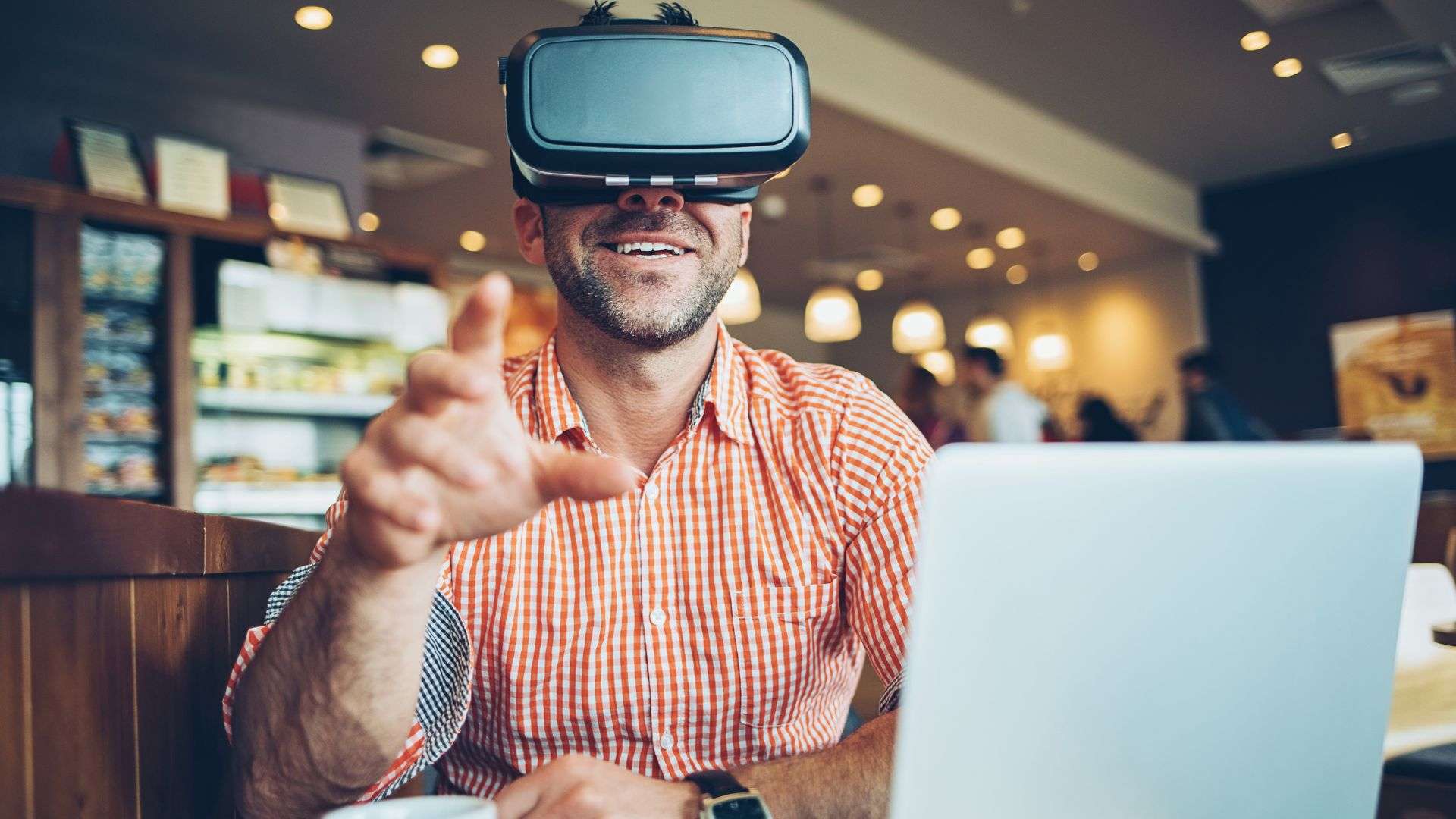There is an increasing interest in AR and VR technologies. Virtual Reality (VR) and Augmented Reality (AR) are two different types of computer-generated simulations that can change the way we see our world. VR immerses you in a virtual environment, while AR overlays digital images on top of your real-world surroundings.
While both technologies have their own strengths and weaknesses, they’re both on the rise as more people come to understand what each one does best. And with new headsets coming out soon for both AR and VR, it’s time to start thinking about how these tools could benefit your business.
What is Virtual Reality?
The most common type of VR experience is an immersive video game where players wear a headset that covers their eyes and ears, blocking out all other stimuli. They can then see and hear whatever the creator of the game wants them to see and hear. Other types of VR experiences include virtual tours, such as an immersive walk-through of a resort you might want to book or a storefront you might want to shop in; and virtual reality videos, where you’re immersed in a scene that didn’t actually happen and was created by a computer.
What is Augmented Reality?
Augmented reality (AR), on the other hand, overlays digital images and sounds onto your real-world surroundings through the camera on your mobile device. It’s like taking a live photo or video that you can then add filters to or otherwise manipulate—but in this case, you’re not manipulating the image itself; you’re adding content to it. For example, Snapchat lenses allow people to try on virtual masks before taking a selfie or to play with virtual pets that live atop whatever they’re looking at through their phone’s camera.
What are the Benefits of Virtual Reality?
Some businesses may think that virtual reality can benefit their business, but many businesses have been slow to adopt the technology. However, there are some benefits to having a VR component in your marketing strategy: It lets you reach new customers. A virtual reality headset is an expensive investment that not everyone can afford—but that doesn’t mean they won’t be interested in exploring what’s behind the shiny exterior. With a cheap Google Cardboard headset or a low-cost piece of wearable virtual reality equipment, people can share their real-life surroundings with others—a powerful marketing tool for businesses interested in reaching out to potential customers.
It’s great for brand awareness. Whether you’re looking to increase your company’s visibility by showing off your product, service, or office, virtual reality is a great way to get your name out there. Your employees can upload their videos to your company’s website, social media channels, and YouTube, giving you more reach than ever before. It also gives you the opportunity to share 360-degree photos on Facebook for an even wider net of potential customers.
What are the Benefits of Augmented Reality?
Businesses often struggle to choose between AR and VR, but the truth is that they’re both great technologies that can work together. Here are some examples of the ways augmented reality has been used successfully:
Creating brand awareness
Whether you want to offer a virtual tour of your business or show off how easy it is to order your product, augmented reality is a great way to promote yourself while keeping customers engaged.
Delivering training workshops
By creating step-by-step guides for customers’ on how to use your product or service, you can easily help them feel confident in their abilities and prevent any confusion that might cause them to turn elsewhere.
Building brand loyalty
Whether you’re creating an interactive game for customers to play or giving them access to exclusive content, there are plenty of ways to build loyalty.
Despite being two very different technologies, they can be used together in a way that makes your business stronger. Both experiences are immersive, allowing you to captivate your audience in a way that traditional advertising simply can’t.
Examples of companies using AR and VR Technology
Walmart App for Inventory Control
Walmart uses augmented reality to keep their inventory updated and fully stocked. In other words, they use the AR app for inventory control. This means the AR app makes sure that the store has enough of what people want to buy, and not too much of anything. One way to do this is by using the AR app to speed up the time it takes to transport items from the backroom to the sales floor. The app uses augmented reality, which means that employees can hold up a handheld device (which will then highlight the boxes ready to go), rather than scanning each individual box.
Gucci’s Virtual Sneaker Try On
One of the main reasons retail brands have invested in AR technology is to help customers make better and more informed product decisions. Gucci was one of the first luxury brands to do so, adding an AR feature to its app to let users see what sneakers look like on them. This is a highly functional example of AR for retail; by giving customers a visual representation of how a product will look in real life, the technology can theoretically reduce returns and boost customer satisfaction.
Take Your Marketing to the Next Level
AR technology can be used to great effect by businesses looking to increase brand awareness, deliver training workshops, build brand loyalty, and more. If you’re interested in learning more about how AR can benefit your business, contact us or call (574) 207-6511. Our ViviScape team of AR/VR experts can discuss your needs and help you get started with developing an AR app that will take your business to the next level. Additionally, we can create virtual tours that are perfect for retail brands and realtors looking to give their customers a truly immersive experience. Let us show you what we can do!







0 Comments